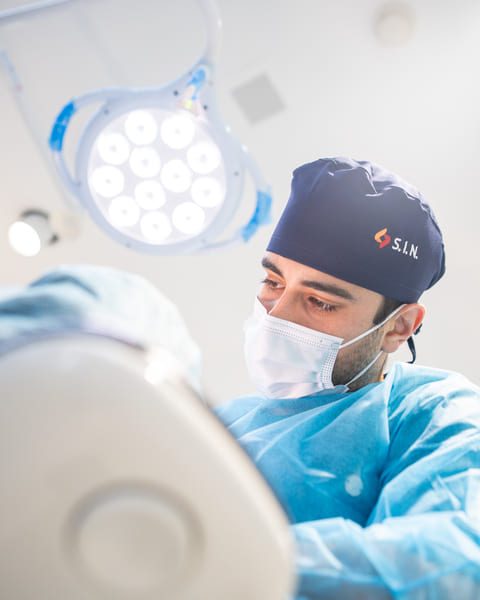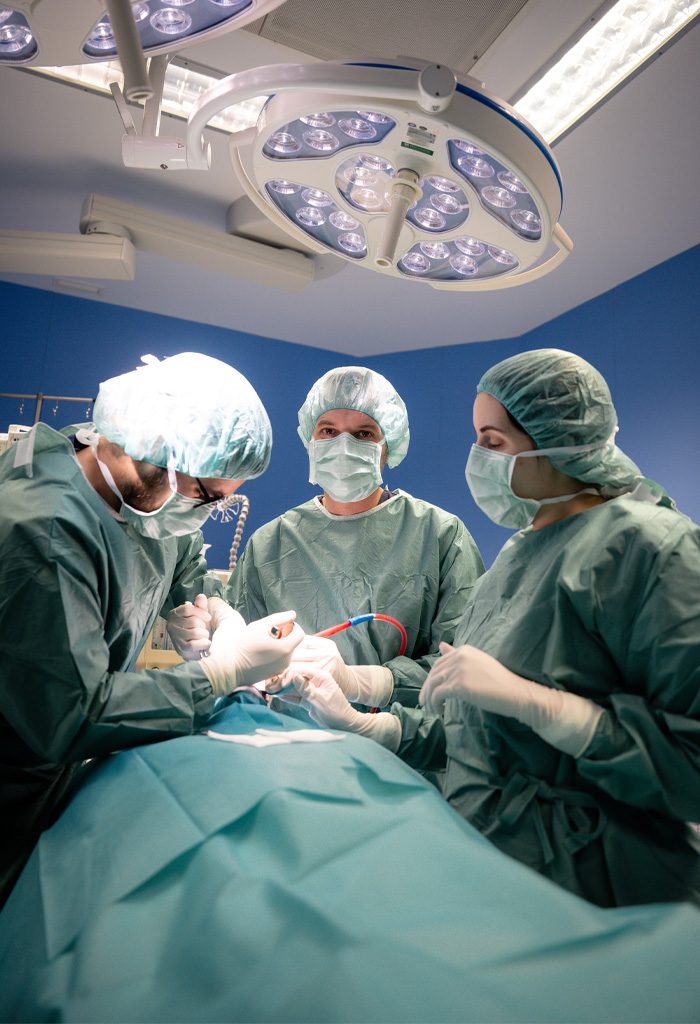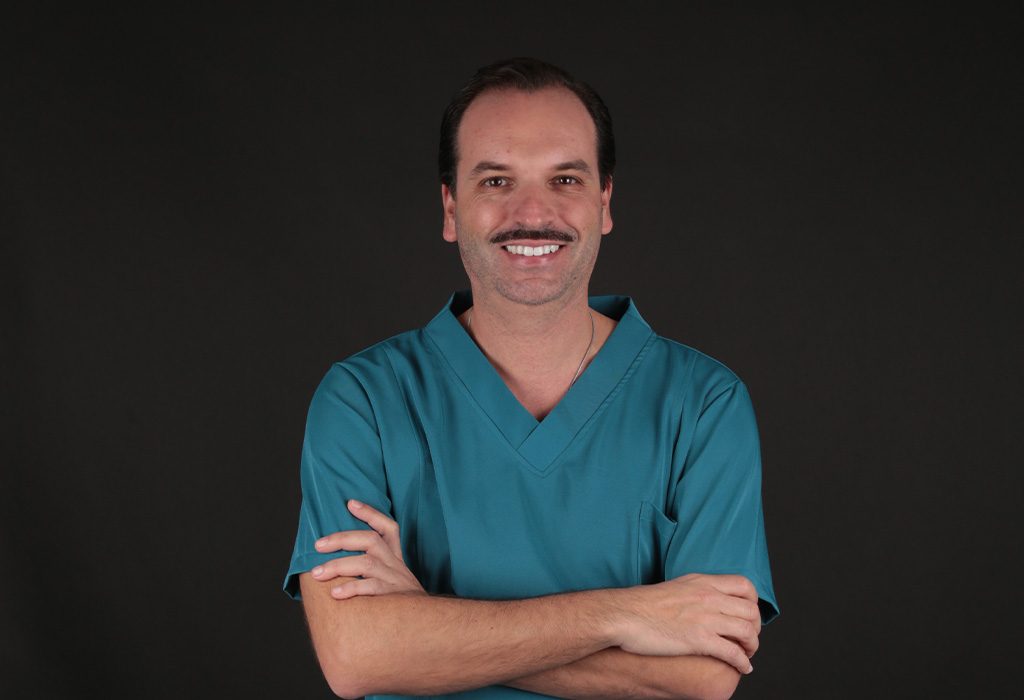Medicina Dentária
General Anesthesia
Fear is one of the main reasons why most people avoid dental treatments and postpone resolving their issues to the point where the solution involves a complete Smile reconstruction.
However, for these situations, there is now a solution: general anesthesia, where the patient sleeps throughout the entire treatment and, upon waking, the procedure is already completed, with no memory of it.
Feeling fear is a normal behavior, but with advances in dentistry, dental procedures today are minimally uncomfortable for the patient.
In modern dentistry, particularly in Oral Surgery, we are now able to perform procedures with pain and discomfort levels very close to zero or, at worst, within acceptable and tolerable limits for our patients.
On the other hand, there are situations where local anesthesia, conscious sedation, and/or chemical sedation are not sufficient to operate safely, effectively, and efficiently.
What is the difference between local anesthesia and general anesthesia?
Local anesthesia is applied only to a specific area where the dental procedure will be performed.
When administered correctly, local anesthetics are highly effective for numbing the area and allow any procedure to be done without pain or discomfort.
Fewer side effects
Allows for a quicker recovery from the effects of anesthesia
A simple procedure with no need for clinical recovery
Since the patient is awake and cooperative, the risk of injury from any instrument is lower
General anesthesia is a treatment option used to provide the patient with a high-quality dental procedure in a safe and controlled environment.
General anesthesia allows the doctor to perform the procedure without being interrupted by a patient who may be anxious or uncooperative.
Patients with physiopathological conditions that require closer monitoring by the medical team, including surgeons and anesthetists.
Patients who have difficulty keeping their mouth open for the required duration of their specific treatment.
Patients with phobias, fears, and past traumatic experiences who do not meet the necessary conditions for the medical team to perform their work under the best circumstances.
More complex and extensive surgeries that require the procedure to be done under general anesthesia, such as zygomatic implant placement surgery.
Is it safe to use general anesthesia in dental treatments?
Current procedures under general anesthesia are extremely safe and constitute a viable option when chosen. For greater comfort and safety, general anesthesia is performed in a hospital operating room with all the necessary medical and nursing services to ensure the procedure is carried out safely.
This procedure is outpatient, meaning it doesn’t require hospitalization but only a recovery period of 2 to 3 hours until the anesthetist is certain that the patient can safely leave the hospital and is fully recovered.
Throughout the surgery, the anesthetist will monitor several parameters, such as:
- Depth of sleep
- Breathing
- Heart rate
- Body temperature
- Blood oxygen saturation, etc.
Viability Criteria
The viability of general anesthesia is subject to validation of the information provided by the patient and prior examinations. These are performed in a laboratory or directly on-site. Medical tests required by the medical team include:
- Blood tests
- Chest X-ray
- ECG (Electrocardiogram)
A general anesthesia session for our “Teeth in 1 Day” treatment lasts on average between 2 and 4 hours, to which a rest period of 60 to 90 minutes should be added before leaving the hospital. The patient receives all necessary analgesic medications for a pain-free recovery. Once recovered from the general anesthesia, if the procedure was outpatient, the patient may leave the facility but never alone.
Location of the Anesthesia Consultation
According to the availability of the Anesthesiology team for the desired dates, it may take place at the Hospital or one of our CERO Clinics in Lisbon or Almada.
Cost for the Patient
It has a fixed price for the patient, which covers the rental of the Operating Room, Recovery Unit, overnight stay if necessary, auxiliary medical staff, Nursing team, and Anesthesia team, all of which belong to the Hospital.





